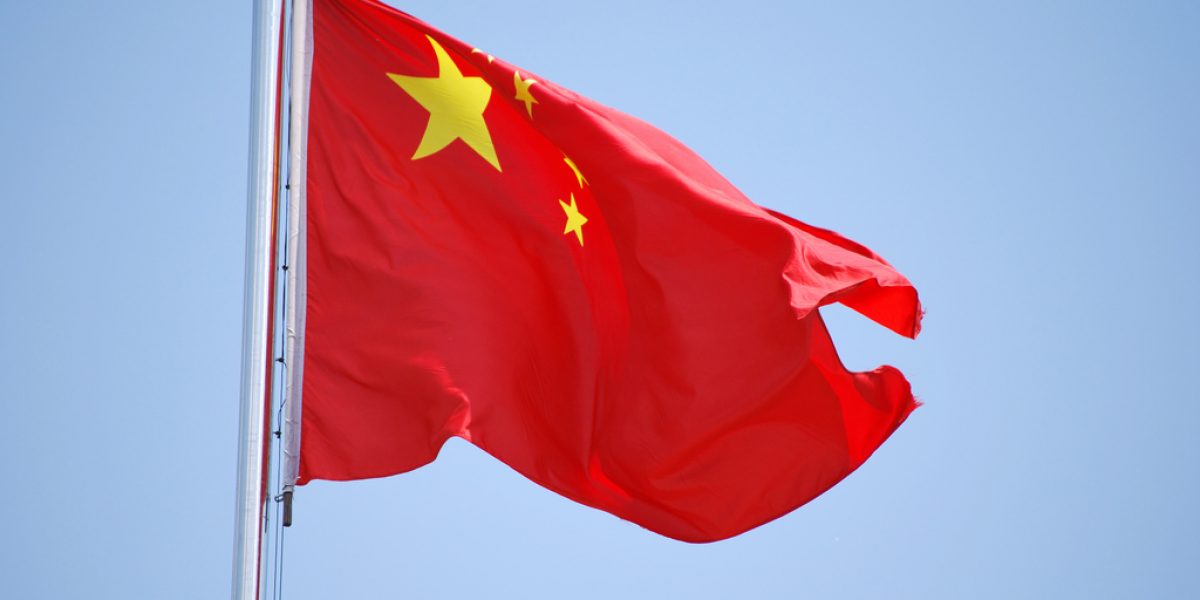The visit has stoked controversy not least due the imbalances in the bilateral trade and investment relationship. Yet China has changed the rules of engagement globally, not just in South Africa. Deeper engagement is the realistic and sustainable option.
Despite this, South Africa’s approach to China remains unformed. Eight years after the establishment of formal ties with Beijing, and despite numerous high-level visits since, Pretoria’s conduct remains tentative, reactionary and sometimes contradictory. It needs to become strategic, cohesive, and forthright.
Bilateral trade between South Africa and China is a perfect case in point. Ignoring for now significant problems with the trade data itself (two of South Africa’s most valuable exports — platinum and diamonds — are not well recorded), China has rapidly become the second-largest source of South Africa’s ballooning current account deficit, which recently reached a 24-year high.
This is in complete contrast with almost all other economies that rely on natural resource-based exports for a significant chunk of their foreign exchange earnings. Even those resource rich economies lacking significant crude oil reserves, such as Brazil, Chile, Australia, New Zealand, and many African countries, are showing meaningful surpluses in trade with China.
South Africa is clearly failing to exploit fully China’s insatiable thirst for minerals.
On the defensive side, the problems experienced in South Africa’s clothing and textiles undoubtedly take centre stage. Much “China-bashing” has occurred, a lot of which has been inaccurate and unfair. It has nevertheless resulted in the signing of a deal in which China has agreed to restrain its exports to South Africa of 100 clothing products for three years, as well as fund a R17.5-million training programme. It remains to be seen whether this will significantly alter the long-term outlook of the clothing and textile industries.
Ebrahim Patel, leader of the South African Clothing and Textile Workers Union (Sactwu), has rightly admitted that the agreement certainly does not represent their salvation. It simply provides some temporary breathing space — that hopefully won’t be filled by equally competitive exporters in Vietnam, Bangladesh and Pakistan — so that the comprehensive adjustment to a more sustainable platform may be attempted.
But the important question is why South Africa was not better prepared. Foreseeing the situation in South Africa today, and closer and more meaningful engagement with China five years ago, could have resulted in an avoidance of the “big bang” influx of imports from China since 2004.
Both better forewarning and smarter management of the changes that are being driven by trade with China would have delivered significant political benefits at home, as producers would have had more time and clarity to formulate and implement much-needed adjustment plans.
And let us be clear, that such an influx was on the cards was far from difficult to predict. A highly effective multilateral system of quotas and other restrictions on international trade in clothing and textiles, known in the World Trade Organisation as the Agreement on Clothing and Textiles, was always due to expire at the end of 2004.
There had never been a realistic chance of it being renewed. And almost as soon as it did expire, both the US and the European Union entered into negotiations with China to develop bilateral equivalents thereof.
Leaving aside the dubious merits of such initiatives, one can only ask why it took South Africa almost a year and a half to come up with something similar.
This is not an argument in favour of more protection in trade with China. Even if it were possible to bring about diplomatically, it would not be good for the South African economy.
The point is simply that the clothing and textiles example, arguably the most clear-cut and obvious impact China is having on our economy, highlights a lack of co-ordinated and focused thinking on The Big Questions China’s integration into the global economy is posing.
China’s rise is inevitable. As long as it remains an outward-oriented economy, China will continue to drive adjustment and restructuring in manufacturing sectors all over the world, and particularly in countries with large reserves of unskilled but relatively costly labour (like South Africa). In other words, China’s global integration is refining further the international division of labour, something to which other countries must find ways to adapt.
As such, South Africa cannot afford not to be proactive and strategic in its engagement with China. Concentrating solely on defensive concerns about how to minimise China’s impact in afire-alarm fashion guarantees counterproductive long-run results, and ensures that the relationship evolves in ways that suit the Chinese economy far more than South Africa.
China’s rise, therefore, presents in stark and simple terms the following proposition: actively seek strategies for effective restructuring now, or attempt to protect fundamentally uncompetitive industries indefinitely (and in so doing indirectly harm those parts of the economy that aren’t in direct competition with Chinese exports) in the hopes that either the pressure eases or policy can find ways to help vulnerable industries strengthen. But neither of the latter is like.








